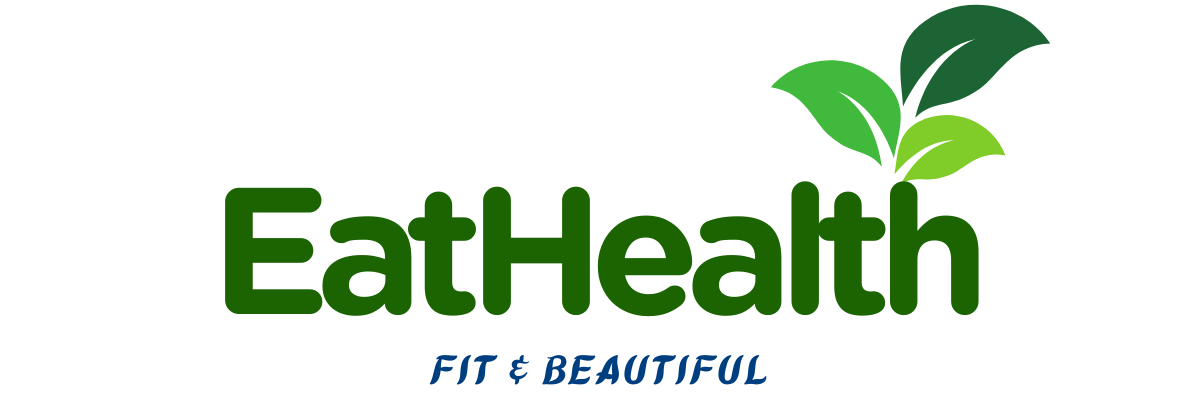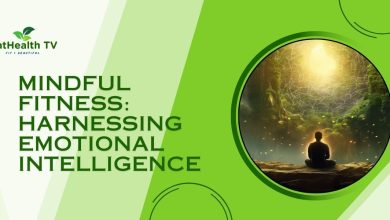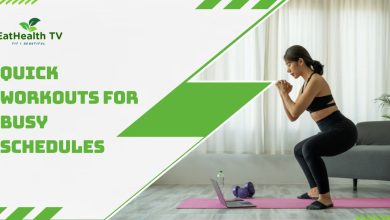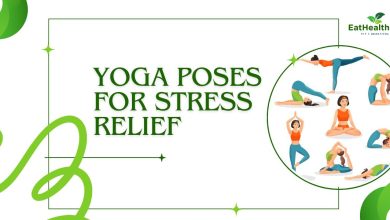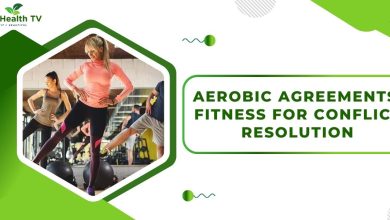Rest and Recovery: Physiology and Optimizing Fitness Progress
The Fitness Game-Changer: Mastering the Art of Rest and Recovery
Recharge and Rebuild: The Science Behind Rest and Recovery in Fitness
In the pursuit of fitness goals, we often overlook a critical aspect: rest and recovery. Far from being idle time, these periods play a pivotal role in our fitness journey. This blog post explores the physiology of rest and recovery, revealing the intricate processes that optimize fitness progress. Get ready to unravel the science behind rejuvenation and how it can supercharge your fitness endeavors.
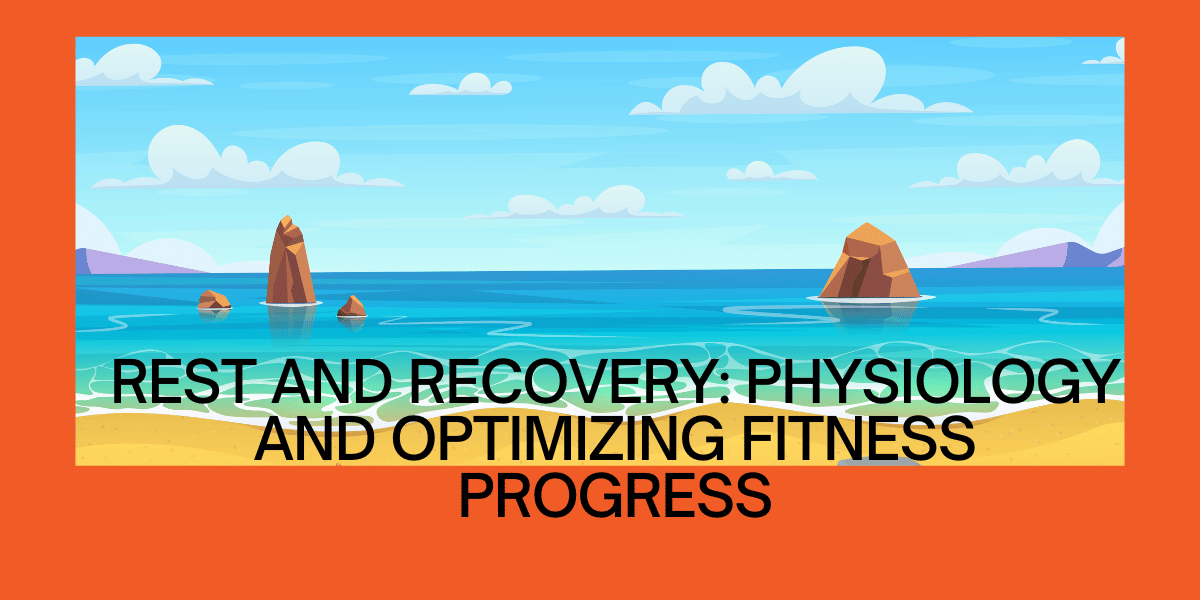
Understanding Rest and Recovery:
- Muscle Repair and Growth: Delve into the fascinating world of muscle fibers and how they repair and grow during rest, contributing to increased strength and endurance.
- Hormonal Balance: Explore the role of hormones like cortisol and testosterone in the recovery process. Understanding how hormonal balance affects muscle recovery and overall fitness.
- Central Nervous System Restoration: Learn how rest rejuvenates the central nervous system, enhancing coordination, focus, and overall athletic performance.
The Importance of Sleep:
Sleep Cycles:
Explore the stages of sleep, from REM to deep sleep, and understand their significance in physical and mental recovery.
Sleep Quality and Fitness:
Discover the connection between sleep quality, recovery, and muscle gains, emphasizing the importance of establishing healthy sleep patterns.
Nutrition and Recovery:
- Post-Workout Nutrition: Learn about the golden hour after exercise and how proper nutrition during this window accelerates muscle recovery and replenishes glycogen stores.
- Hydration and Recovery: Understand the role of hydration in the recovery process, optimizing muscle function and reducing the risk of injuries.
Mind-Body Techniques for Recovery:
- Breathwork and Meditation: Explore the calming effects of breathwork and meditation, reducing stress and promoting mental recovery crucial for sustained fitness progress.
- Active Recovery: Discover the benefits of active recovery exercises, such as yoga and light stretching, in preventing muscle stiffness and enhancing flexibility.
Incorporating Rest and Recovery:
- Rest Days: Learn to embrace rest days as active recovery periods, giving your body the time it needs to repair and rebuild.
- Balancing Intensity: Understand the significance of balancing high-intensity workouts with moderate and low-intensity days to prevent burnout and promote long-term fitness sustainability.
Conclusion: Rest and recovery are not just luxuries. They are fundamental components of any successful fitness regimen. By understanding the physiological processes at play during these periods, you can optimize your progress. Reduce the risk of injuries, and achieve your fitness goals more effectively. Embrace rest, nourish your body, and watch your fitness journey reach new heights.
Note: This blog post provides general information about rest and recovery in fitness. For personalized advice, consult a fitness professional or healthcare provider.
Feel free to customize and enhance the content according to your audience’s preferences and expectations.
